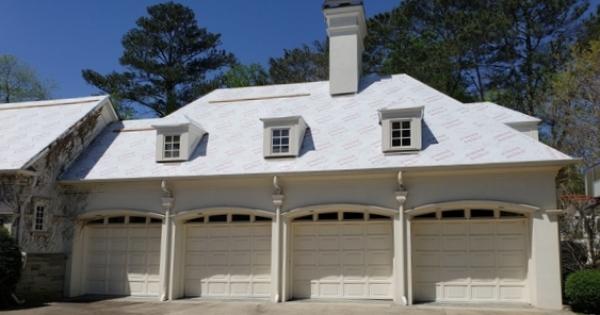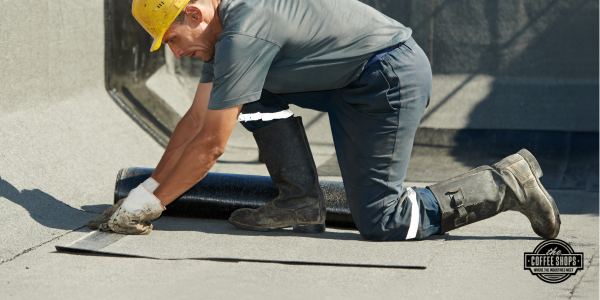How to Prevent Moisture Damage

By Marco Industries.
Moisture control is a major factor in preventing structure damage and the key to long-lasting roofs.
Moisture has always been a cause for concern when it comes to a building’s longevity, and it is crucial that builders and homeowners know how to prevent moisture damage and how to spot it. The team at Marco Industries shares their knowledge on how to prevent moisture damage from ruining projects.
Uncontrolled moisture can run up costs for homeowners and building owners. Some of those expenses include increased insurance risk, repair and replacement costs associated with corroded structural fasteners, wiring and damaged moisture-sensitive materials; repair and replacement costs associated with damaged furniture, products and supplies; loss of use of building spaces after damage and during repairs; increased insurance and litigation costs related to moisture damage claims; reduced effectiveness of insulation; insect infestations; and more.
Moisture can invade buildings in several ways:
-
Improper insulation installation.
-
Lack of proper ventilation.
-
Roof leaks (for example, due to poor sealant selection and installation, etc.).
-
Water infiltration through penetrations (for example, due to improper flashing installation).
-
Lack of a structural air barrier.
-
Improper concrete pad construction.
-
Insufficient site drainage.
-
Poor roof drainage.
-
Improper vapor retarder selection/installation.
-
Incorrect vapor pressure differential between the inside and outside of the building.
To control moisture for long building life and good indoor air quality, you must follow specific guidelines to address the issues noted above. For example, sealing insulation at the ends by rolling the vinyl-backing over the ends or taping the side-laps with vinyl tape. All joints and seams must be lapped, sealed and secured to prevent moisture from reaching the fiberglass batt. Wet fiberglass loses performance, allows mold and mildew to grow, and can hold moisture against your metal panels causing early corrosion. Also remember, insulation should be continuous on metal buildings. Inserting insulation between framing members only leaves exposed metal areas vulnerable to condensation as well as unwanted heat transfer.
It’s important to know that proper ventilation is also vital (hello, Marco!). Ventilating buildings dilutes moist interior air with drier outside air, lowering the relative humidity of the interior air mass. Without this ventilation, your building will not only have stale air, it will have higher heat levels and higher humidity, which can lead to moisture problems.
There are more best practices for controlling moisture than we can list in one blog. Fortunately, the EPA offers a free report that outlines specific moisture control guidelines for building sites, foundations, walls, plumbing systems, HVAC systems, and, of course, the roof. The report walks you through the design and construction phases of a project and provides guidance for ongoing maintenance as well. Get your report — at no cost to you — at www.epa.gov. Make sure you get moisture under control before it becomes a problem.
Have a question? AskARoofer.
Find your local roofing contractor in the RoofersCoffeeShop® Contractor Directory.
Original Article Source: Marco Industries










Comments
Leave a Reply
Have an account? Login to leave a comment!
Sign In